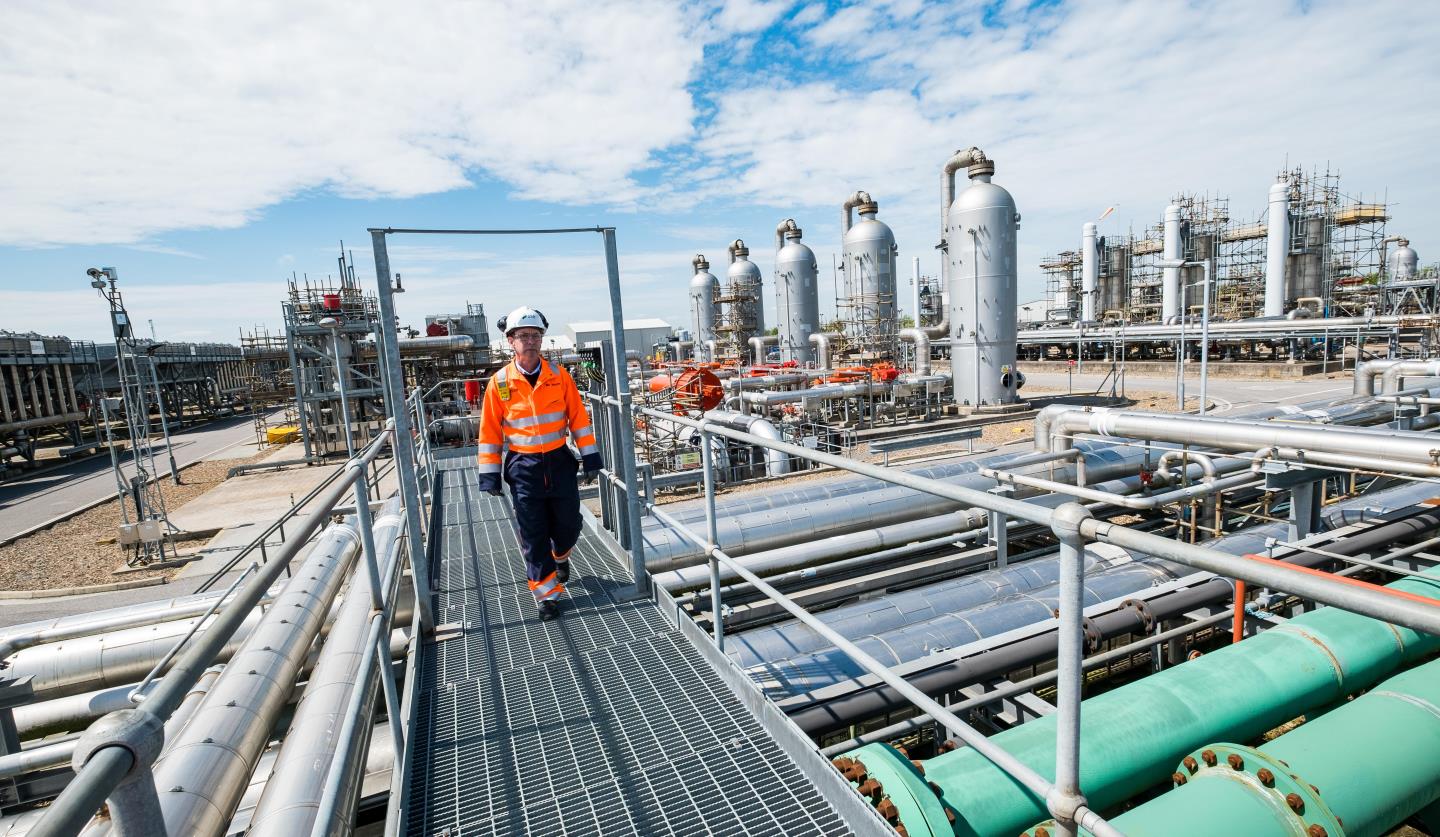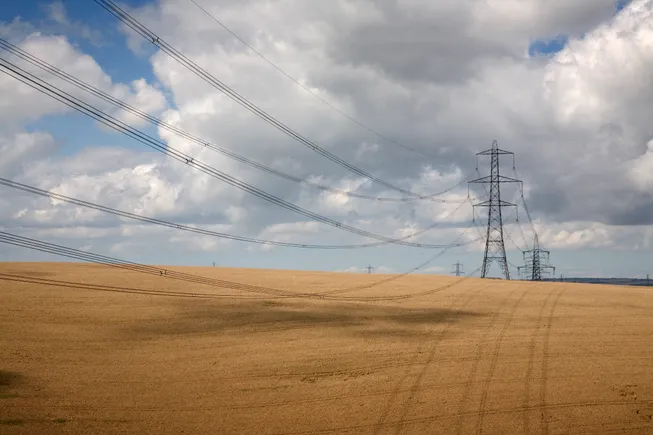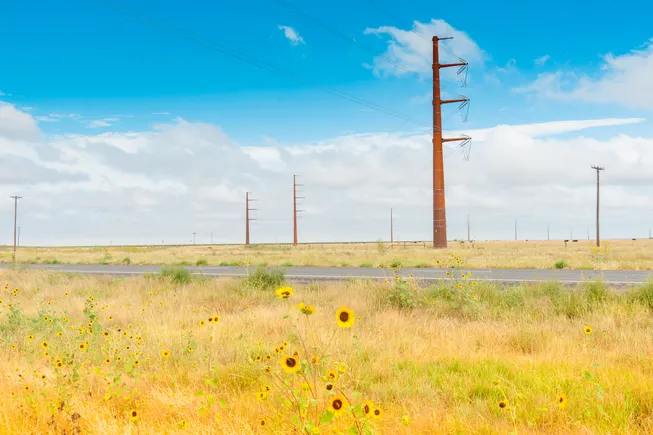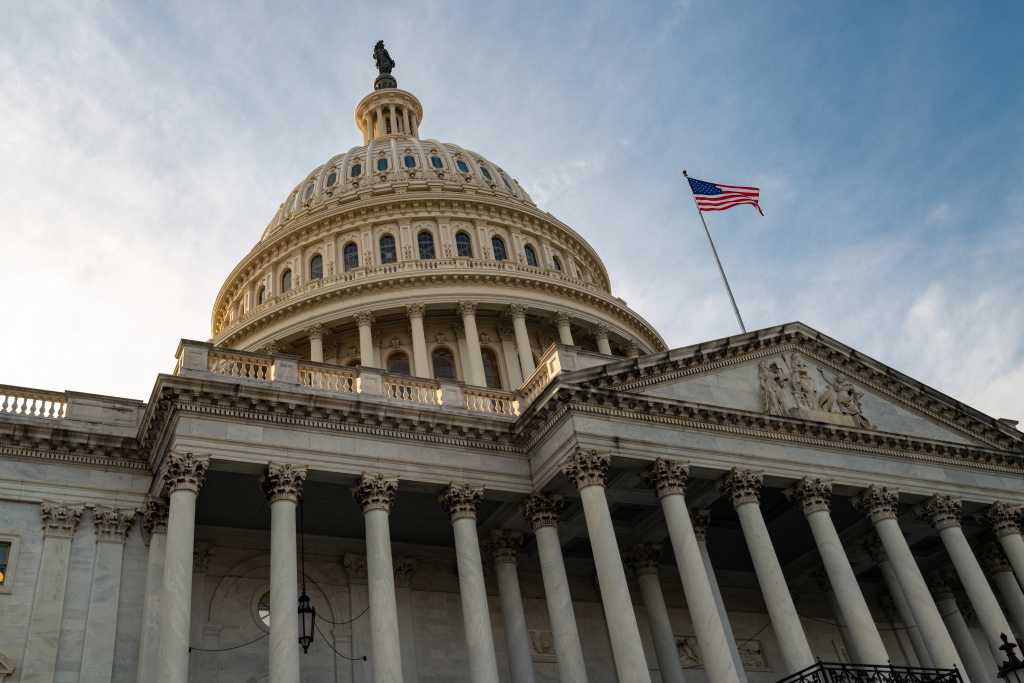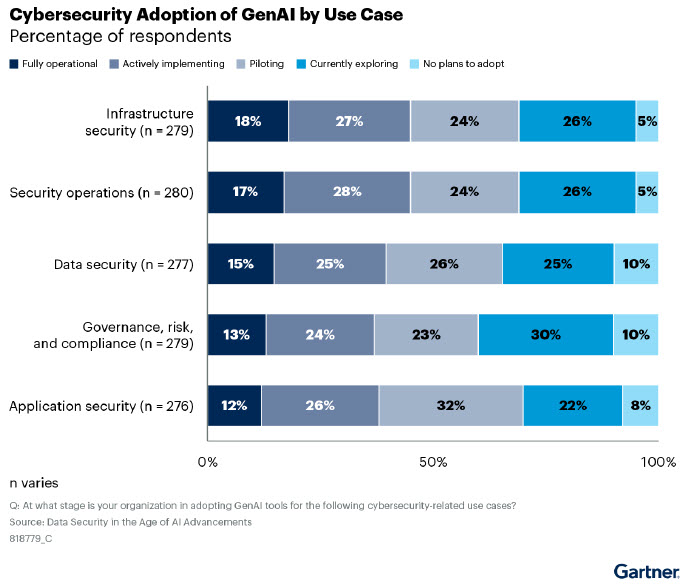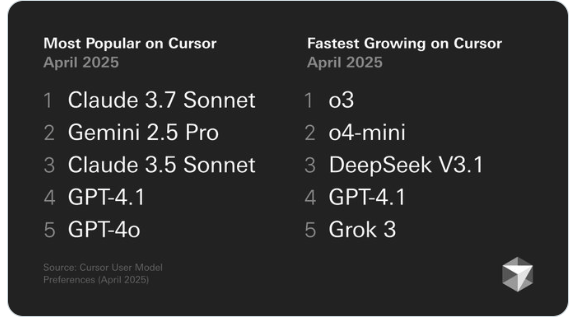Planning for the UK’s largest solar farm has hit minor delays, as local opposition to the project mounts despite the huge biodiversity net gain touted by developers.
German developer Photovolt Development Partners (PVDP) is seeking nearly £1 billion in debt and equity to build what would be the UK’s largest solar farm on land owned by the Blenheim estate, near Blenheim Palace, bordering Jeremy Clarkson’s farm.
The project is due to enter a critical stage of planning next week, a month after originally expected.
“The final decision to approve the project will be made by energy security and net zero secretary, Ed Miliband,” a spokesperson said.
“The examination period, run by the planning inspectorate and the next stage in the process for Botley West, is due to commence on 13 May 2025. The decision on when the examination period begins is entirely down to the planning inspectorate.”
The Botley West solar farm could meet at least 840 megawatts (MW) of the UK’s energy needs and play a huge role in decarbonising the local energy supply in Oxfordshire, according to developers.
The Oxfordshire region is one of the country’s dirtiest fossil fuel systems, supplied mainly by the Didcot gas power station since the closure of an adjacent coal plant, but Botley West could change that.
The public examination period for the project, which is expected to last for about six months, was expected to start in the middle of April – but has since been pushed back to May.
Two specific hearings are expected to take place where heritage issues would be addressed and local venues could hold examinations, including open floor hearings.
“The applicant themselves submitted two change requests on 28 March 2025, which the examining authority has now considered and determined to incorporate into the examination,” the planning inspectorate told Energy Voice, denying that the project had hit delays.
However, the inspectorate said that “where applicants apply to make changes after acceptance”, that “will almost always delay the start of the examination”.
Financing
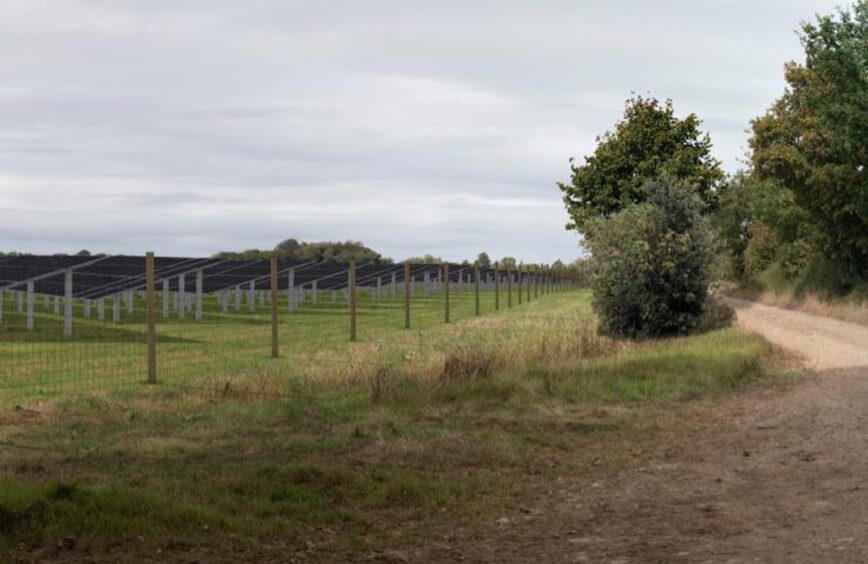 © Supplied by PVPD
© Supplied by PVPDProject developer PVDP is looking to finance the cost of building the project by bringing investors on board through a bond structure or equity investment, Botley West project director Mark Owen-Lloyd said in an interview near the project site.
He said debt would be “preferred, but there may well be equity”.
“The whole project itself is £800m,” he said. “So, we’d be looking to investors for the whole, we can refinance the development and internal resources.”
The developer plans to start securing finance to build the project in 2025, with a goal for that financing to be in place in the second quarter of 2026. If approved, the solar farm is expected to start generating power in 2028.
PVDP has entered into discussions with some of the five major Chinese solar panel suppliers, including Jinko Solar, he said, which recently sold its business in Xinjiang where Uyghur Muslims have been detained and forced into labour.
Energy secretary Ed Miliband reportedly plans to amend the Great British Energy Bill to prevent state-owned energy company GB Energy from using solar panels tied to slave labour.
Owen-Lloyd said the company is in the process of “talking to a large number of people” to settle power purchase agreements. The 200-acre Denmans farm and the Morris mini factory near Oxford could be potential off-takers, as the supply will be available from Oxford to Gloucestershire.
While such contracts would not normally be signed until approaching consent, Owen-Lloyd said potential off-takers could include datacentres and large retailers.
Botley West is in the third year of the planning process following its initial application and while the developers hoped the project would be connected to the grid next year, the connection has now been delayed to 2028.
“That connection date has been delayed to 2028 as the project would not have been able to gain consent and be built in that time, nor were National Grid able to construct the required connection infrastructure in that timeframe,” a spokesperson said.
Grid holdups
Government plans to overhaul the UK’s grid connections could pose further potential risks for developers.
Connection costs alone are expected to total approximately £14 million for Botley West, including a development consent order and the money associated with the planning inspection, Owen-Lloyd said.
These sorts of upfront costs and connection deposits could make “the jeopardy maybe too much” Owen-Lloyd said, though PVDP is among the big developers hoping that changes to the connection queue will dissuade others who are not able to do the legwork.
He said there is a lot at stake for the Treasury in the overhaul, which represents potentially billions of pounds of investment in the UK economy, as well as being “labour intensive”.
“The danger is that if the NESO reforms make it even higher risk than currently for a developer, then they may take a view that the risk-reward is not there,” Owen-Lloyd said.
He said the risk for seeking a development consent order and grid connection is that if you fail, it takes five years to find out and “a lot of money lost” that cannot be recouped.
A series of grid connections are due to be implemented for Botley West by 2028, some of which could be impacted by the reforms, he added.
Despite this, the government’s plan to remove so-called zombie projects from the connection queue “actually benefits serious developers like ourselves”, he added.
Green belt
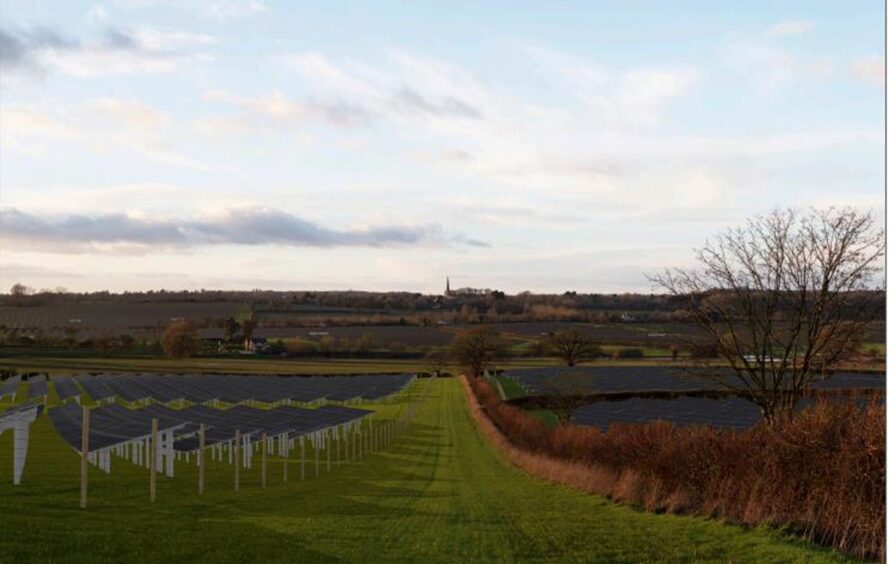 © Supplied by PVPD
© Supplied by PVPDThe majority of the project is due to be built on land owned by the Blenheim estate, the company that manages acreage on behalf of the owners of Blenheim Palace across west Oxfordshire.
A former residence of Winston Churchill, Blenheim Palace is owned by aristocratic family the Spencer-Churchills and is now in the hands of the Duke of Marlborough, Charles James Spencer-Churchill, who is also known as Jamie Blandford. A backer of political party Reform and local councillor, he has opposed the scheme.
“The site is 72% green belt, so that is obviously a challenge that we’ve addressed,” said Owen-Lloyd.
“The duke is a beneficiary of some of the Blenheim trusts but is not involved in the management of the estate or the palace,” said a spokesperson for the solar farm.
“The estate is run by a team of professional managers under the oversight of a board of trustees. It has been previously reported that the duke is personally opposed to the project but it is not for us to comment on his current position.”
Former BBC presenter Clarkson’s farm is approximately 10 miles away from the site in Chadlington, one of the villages that “neighbours” the development, in the designated Cotswold National Landscape, a spokesperson said.
Planning
Energy secretary Miliband is expected to make his final planning decision on the Botley West project in the second quarter of 2026.
The developer said it has assessed and reported every issue related to biodiversity and that the project will have a 70% biodiversity net gain versus the 10% requirement for all planning applications that was introduced last year.
The analysis “is completely data driven”, with sensors monitoring micro information such as the moisture content of the soil. The developer has done ground testing, including a hydrology report, and plans to build a lake in the central section to stave off potential concerns about a local flooding risk.
“There’s a biodiversity element to that because, obviously, there’ll be a large amount of life and that contributes to our biodiversity net gain,” said Owen-Lloyd.
It has also launched a consultation for a community fund, which it is currently negotiating with the district councils.
However, the Low Carbon Hub is among groups that claim that local people are being offered too little and that a national standard should be set for bringing benefits to communities where renewables are situated.
Among the biodiversity mitigation efforts that the developer has introduced is a plan to create a border around the solar farms of at least five metres, which will comprise native grasses and wildflowers, and to carry out organic farming for local communities.
Farmers situated next to solar farms “found a huge upsurge in biodiversity on their land”, according to Owen-Lloyd.
“They get the land back in forty years’ time; they expect it to be in significantly better condition than it is now,” he said.
Blenheim is producing low-grade cereal products, but that land could also improve according to developers. It will also supply food for Oxford colleges through farm-to-fork initiatives and upgrade the cycle track from Amber to the city of Oxford, while sheep will graze commercially.
Concerns around wildlife populations will also be addressed by including a migratory bat tunnel in the solar farm to accommodate their flight path, and skylark plots.
Archaeology has also been carried out on the site, which involved a geophysical study of the acreage, and identified a Roman town on the site, as well as a Romano Celtic Hill Fort.
Botley West, which could be the UK’s largest solar farm and significantly decarbonise the energy system across the Cotswold region, is due to move into the final stage of planning next week.







